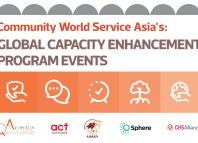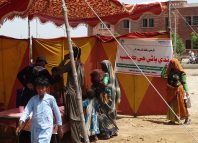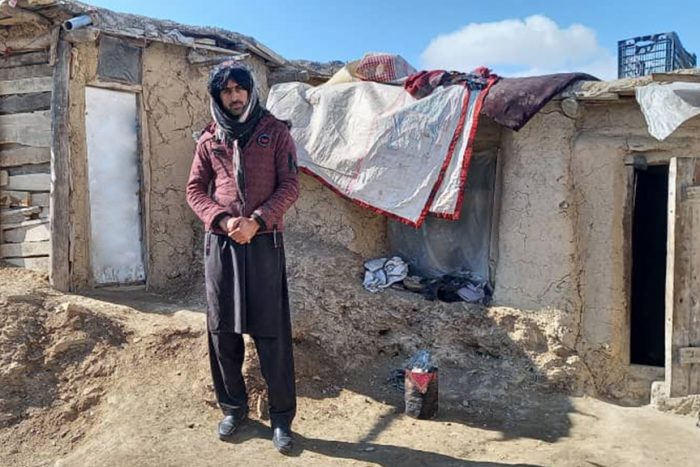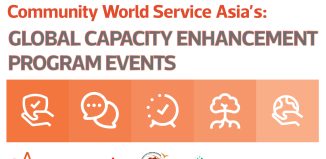Safer homes for Afghan earthquake survivors
“I moved to Saudi Arabia in 2020 in search of earning a better livelihood for my family of 15 members. Just to reach Saudi Arabia, I had to take a loan for my traveling expenses. Initially, it was difficult to find a job due to a lack of documentation and language barrier. But eventually I was employed as a daily wage labourer. Through the money I earned, I paid a percentage of the debt I owed, sent some money home and lived a simple life. I was eager to get back home after saving a good amount of money,” shares Nazim.
Nazim is a father to three children and lived in Hergoli, a remote village in Giyan District. He took a loan of SAR 70,000 (Approx. USD 18,000) to pay for his travel expenses to reach Saudi Arabi where he started earning SAR 2500 (Approx. USD 650) by working as a labourer. He was slowly paying off the debt and had started saving some money to return back home after he saved a sufficient amount. This would help hip lead a simple, stress-free life with his family. Back home, Nazim’s two brothers worked as labourers as well and earned a small income to support their families.
One day as Nazim was at work in Saudi Arabia, the news of the earthquake in Giyan reached him. It hit him like a boulder and he rushed back to this homeland. “Contrary to the life that I had wished for on returning home, my life completely changed when the earthquake stuck our homes and our village. I was devastated. I got the news when my neighbour from home called me early morning on June 21st (2022). I tried to contact my family but did not get through to them.
Nazim lost nine members of his family in the earthquake, including his elder son. “My son, father, brothers, a sister-in-law, nephews and a niece all left me in this world too early. My wife, one son and daughter survived as they were visiting some relatives in another village at the time. Among the survivors in my house were my sister’s daughter, my brother’s wife and his 6-year-old son. I am the only man left in the family to care for all of them now.”
As winter approached, Nazim built a temporary shelter; a one room house made of mud walls. “I did not have money to rebuild my house as it once was. This one room made of mud has been the only structure I could build and hold at this time for a family of six members now.”
Fortunately, Nazim was selected as a project participant under Community World Service Asia’s and Japan Platform’s safe shelter project. The project is applying earthquake-resistant building techniques to rebuild shelters and protect communities from future aftershocks and future seismic risks. This is enabling earthquake affected families to own and live in safe houses designed and built using earthquake-resistant construction.
Under the project, fifty houses for earthquake-hit families will be designed and constructed using earthquake-resistant techniques and material in Giyan District of Paktika Province. Moreover, a total of 1,600 local residents are being trained on using earthquake-resistant technology for the construction of safe housing and reconstruction of buildings. Nazim and his neighbours also participated in these trainings and will receive construction assistance and tool kits to construct disaster resilient houses this month (March).
Nazim and the other project participants will also acquire guidance from CWSA’s technical experts at every step of building safer homes.
“The training provided the knowledge of building homes that are resilient at times of earthquakes. With interventions like these, we are hopeful that a day will come when we see a progressive Afghanistan and the people will live in a protected and safe environment.”







